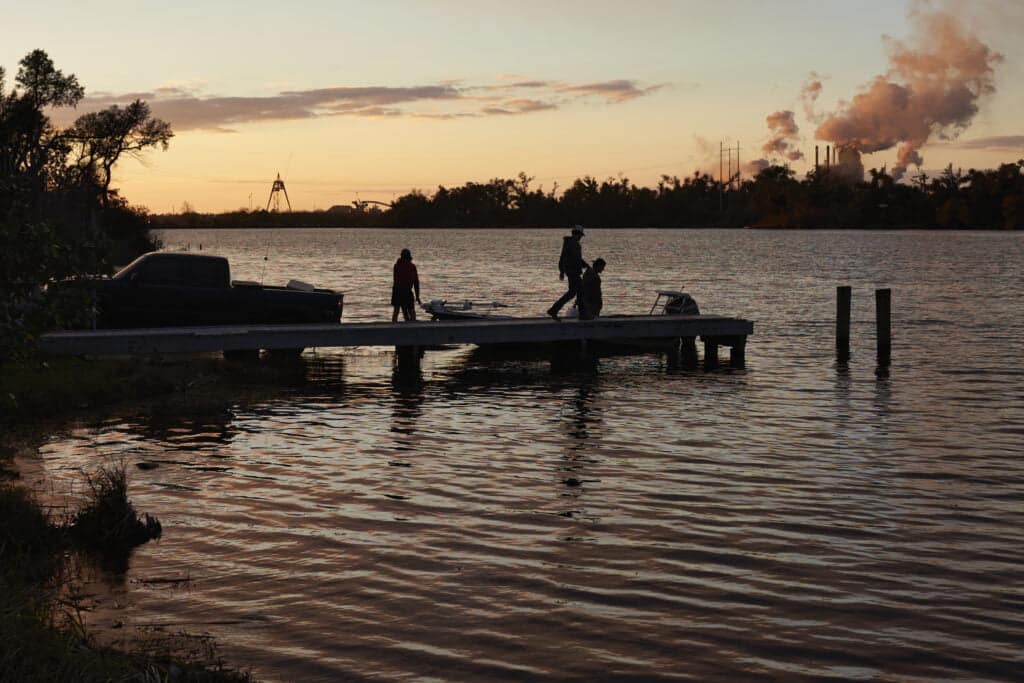The History of City of Parker
A small community of approximately 4400 citizens, Parker is nestled between St. Andrew Bay and Martin Lake. Its southern limit borders Tyndall Air Force Base. A quiet neighborhood community, Parker has lots of waterfront, a large sports complex, a unique educational park, and its own Fire and Police Departments.
Founded in the early 1800’s, the City of Parker today encompasses 2 square miles with approximately 12 miles of beautiful bay coastline.

The first known description of the Parker area appeared in “A View of West Florida”. This journal contained the first American survey of the St. Andrews Bay area and the survey identified a place called “Loftin” on the east bank of St. Andrews Bay.
William M. Loftin, was one of two men generally credited with the original settlement of Parker. He first visited the area in 1818 as a member of Andrew Jackson’s military expedition and finally settled in Parker about 1830. Mr. Loftin went into the land development business with Joseph M. White and Henry Riviere, and they steadily purchased land in the East Bay region while trying to develop the St. Andrews Bay area. Their intent was to develop the Parker area and call it “Austerlitz.” The exact boundaries for the City of Austerlitz were not known, but they are thought to have included the areas of Springfield, Parker, Callaway, Cedar Grove and possibly Lynn Haven. The name Austerlitz remained for half a century and was attributed to William Loftin and Peter Parker. It should be noted that Peter Parker had no bearing on the city’s current name. When William Loftin died in 1838 at the age of 53, he left behind 4 sons and 2 daughters. One daughter, Annie, married Peter Ferdinand Parker, who did in fact become one of the community’s founders.
In 1880 the census of the Parker area recorded 72 residential dwellings and 75 families. Over the next ten years, growth took place and a 1900 census of the same area, listed 889 residents in the precinct. In the 1910 census, it appears that Parker and apart of what is today Springfield, have been isolated into a discrete precinct with 63 counted homes and heads of household.

